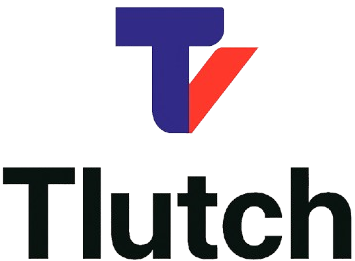Turning Curious Clicks Into Contracts (Without Losing Your Mind)

Building a sales funnel that actually works can feel a bit like debugging code, one tiny mistake and the whole system stops performing. For IT companies, though, a well-built sales funnel isn’t just a nice-to-have. It’s the difference between chasing leads and having them flow steadily to your inbox.
What exactly makes an IT sales funnel that wins clients in 2025? It starts with understanding that every stage is a chance to build trust, not just to sell. Think of your funnel like a relationship. You wouldn’t propose on the first date (hopefully), and you shouldn’t pitch your services before your audience even knows who you are.
At the top of your funnel is awareness. This is where your IT firm introduces itself to potential clients through blogs, social posts, and ads that speak directly to their main points. Maybe it’s a company frustrated with downtime or struggling to manage cloud costs. Address those problems head-on and offer valuable insights, without immediately jumping into sales mode. You’re starting a conversation, not closing a deal.
Once you’ve got their attention, it’s time to build interest. This is where lead magnets shine: free resources like eBooks, security checklists, or even short video tutorials. These aren’t just freebies, they’re trust builders. When prospects see your expertise in action, they start viewing your company as the go-to IT partner who “gets it.”
The next step is nurturing, and this is where most IT companies drop the ball. Instead of disappearing after one email, keep showing up with useful content. Send out case studies showing how you solved real problems, invite leads to webinars, and share success stories from happy clients. A consistent, thoughtful approach helps move leads from “maybe later” to “let’s talk.”
When the time comes to make the pitch, make it clear and consultative, not forced. Instead of overwhelming them with tech jargon or a laundry list of services, focus on the outcomes, faster systems, fewer headaches, happier clients. Show that your solution is designed to make their business better, not just their IT setup cleaner.
Finally, don’t forget to optimize and automate. Use CRM tools to track where leads drop off, what messages perform best, and how quickly your team follows up. Small tweaks in your sales process can make a huge difference in conversion rates.
An IT sales funnel that wins clients isn’t about complicated tricks; it’s about clarity, consistency, and connection. Keep refining each stage, and make every interaction feel like a step toward solving your client’s biggest challenges.
